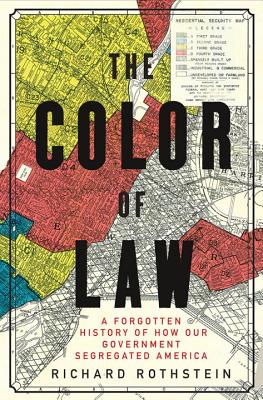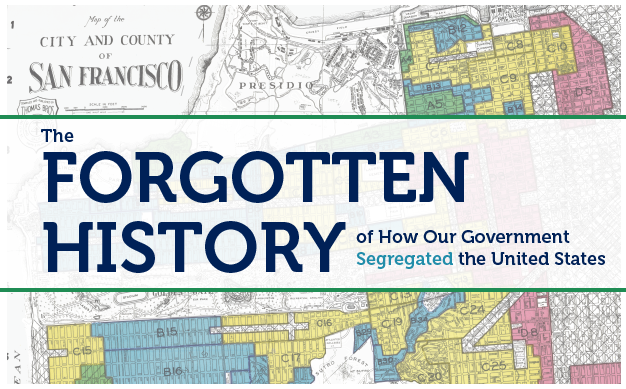As a 6th grade class, we have been examining the idea of why people live where they live. I introduce Richard Rothstein’s The Color of Law with the quote: “The core argument of this book is that African Americans were unconstitutionally denied the means and the right to integration in middle-class neighborhoods…”
We are a school in a suburb of Chicago, historically one of the most segregated cities in the country. In the lesson, we examined some of Rothstein’s research on redlining (albeit at a 6th grade level), mortgage inequality, and suburban white flight. We also integrated some discussion on modern social inequities such as the economic disparities within our own town (Villa Park): One school has a much higher rate of free and reduced lunch and is that correlated to demographics? Is that correlated to housing policy? Does that correspond to highway corridors connecting to the city (North Ave and Roosevelt Rd)?
As a comparison, I referenced Dr. Eve Ewing’s Ghosts in the Schoolyard which posits on the racism prevailing in Chicago politics over school closings after attending a speaking engagement to bring back information to share with the class.
As an assessment, students played the role of city planner and were tasked with mapping out an inclusive, integrated city complete with human and civil services and housing. They were to provide rationale for the location of their mapping encouraging them to think about not only who lives there but why.








Twitter
Google plus
LinkedIn